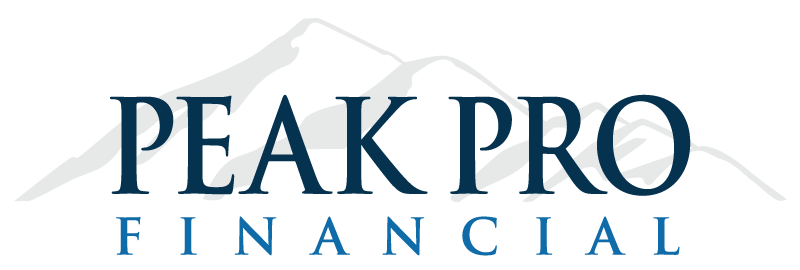5 things advisors need to know about the SECURE Act 2.0
In case you haven't heard, the House passed their draft of the SECURE Act 2.0 in March 2022. The Senate is currently drafting their own version of the bill, which will most likely be signed into law.
But wait - what about the SECURE Act 1.0? Distracted by the COVID cloud of the past couple years, many advisors and clients forgot about the 2019 version of SECURE Act. For those who need a quick refresher on 1.0, here are the key highlights:
- Raises the required minimum distribution (RMD) age from 70 1/2 to 72
- Eliminates the stretch IRA, so now most non-spouses must empty the entire account within 10 years of inheriting it (learn how this creates a ticking tax time bomb for beneficiaries)
- Allows traditional IRA owners to keep making contributions indefinitely
Now that the 2019 bill is covered, let's move on to 2.0. What's on the table? And what should your clients know? As always, keep in mind that the exact provisions are unclear, but here are five things to keep on your radar.
1. Automatic enrollment in 401(k) plans
Employers with 11 workers or more would automatically enroll employees in 401(k) plans at 3% of their salary; the percentage would increase annually until the employee is contributing 10%. Note that employees could opt out or select a different contribution.
2. Catch-up contributions increase
Individuals nearing retirement (ages 62 through 64) could make catch-up contributions of $10,000 a year, up from $6,500.
3. Required minimum distributions (RMD) age increase
The plan would increase the starting age for RMDs from 72 to 73 in 2022, 74 in 2019 and 75 by 2032.
4. Student loan payment employer match
Student loan borrowers would get a retirement boost via the legislation, which would basically allow employers to match student loan payments as contributions to retirement.
5. Roth 401(k) employer match
Currently, an employee may have a Roth 401(k), but their employer's match is pre-tax. The plan could allow employees to elect that all or some of their employer match be applies to a Roth 401(k).
Remember, the proposed draft hasn't officially passed. We'll continue to keep an eye on developing legislation. In the meantime, reach out to the Peak Pro team to learn how you can get ahead of looming tax hikes and other legislative and regulatory changes. Call 866.866.7050 ext. 2.


